The Art of Slow Travel: Escaping Mass Tourism to Truly Experience a Destination

In more straightforward terms, there is no rush or stress in this form of tourism. Travelling slow travel in this manner, one is more focused on discovering the unique and less commercial aspects of new cities they visit. Travel has become a hectic activity for many people and is certainly a break from the usual mundane work. That is until the term ‘slow travel’ came into existence, breaking the trend of fast, specifically focused tourism. Every inch of tourism is not all about taking pictures at specific places. This description is to say: sit back, relax, and enjoy. By escaping the mass influx of tourists, one can build memories that last a lifetime.
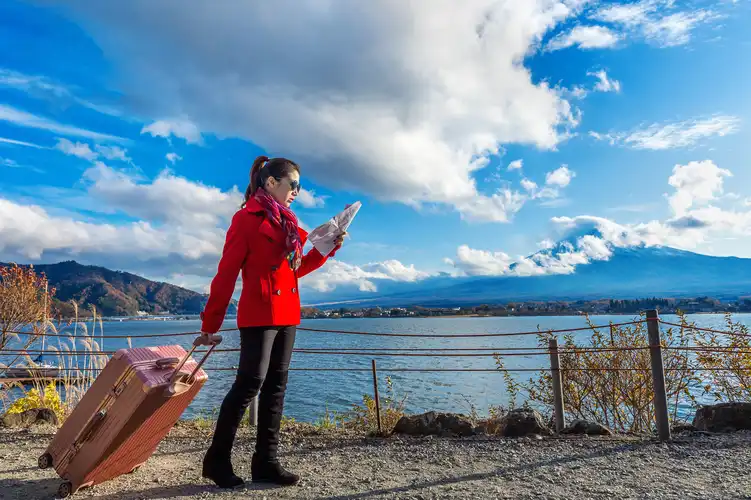
Embracing Authentic Experiences
The desire to assimilate into the local culture can change the entire experience one has in a city. Such impulses are at the core of slow travel, meaning one feels less inclined to visit the more popular places and instead focuses on spending more time in local communities. More often than not, hotels are unable to truly portray the traditions and day-to-day lives of people living in that specific area. That is why choosing to live with locals through guesthouses or homestays in local neighborhoods works wonders. Plus, eating with them, celebrating festivals with them, or volunteering in local organizations increases understanding of the region and tourism in general by exposing the person to unique experiences that would otherwise be impossible to have as a tourist.

Connecting with people requires language, and learning fundamental phrases can assist in establishing that connection and respect for the culture. Try to engage in discussions, hear folktales, and even practice some traditions. For instance, when you take an interest in regional cuisines and attend a cooking workshop, or when you go with a farmer to the farm, such occasions help you understand the local culture more.
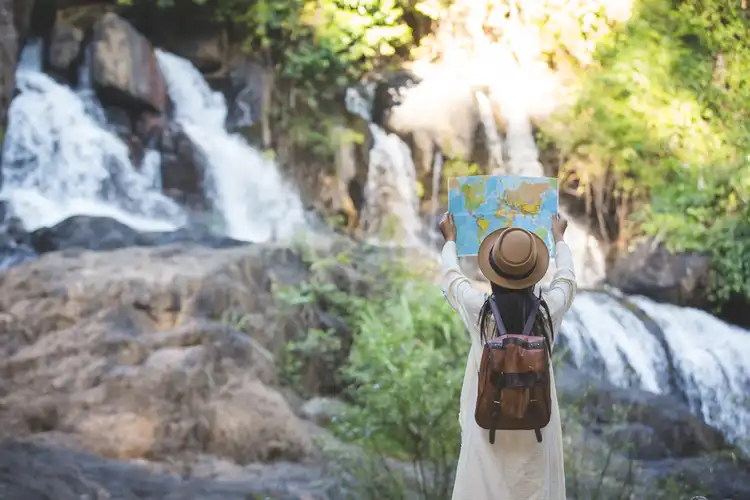
Mindful and Responsible Tourism slow travel
Slow travel doesn’t only refer to making good travel plans but also focuses on being conscious about the environment. This way, the negative impacts tourism has on the ecosystem are minimized because you limit unnecessary movement. Try to walk, cycle, or catch public transport to move around and appreciate the beauty of the place. Not only will you reduce the level of pollution, but you will also be able to focus on everyday details such as children playing on the streets, craft making, and the various shades of light during the day.
Giving yourself time for everything is the greatest way to enjoy your travel slow. Rather than trying to lock the perfect picture in your camera, take in the beauty of nature by feeling its various aspects. Explore the wildlife in the neighboring fauna, participate in initiatives made by the residents, or just relax in a coffee shop while the locals go about their day. Such instances of effortlessness not only help create deeper bonds with the location but also help you discover the place in more entertaining ways.

Another important feature of slow travel is the encouragement of the local economy. Eat at home-style eateries, shop from craftsmen at local marketplaces, or take trips with a local expert. This guarantees that the community sustains itself economically and assures you that the things you partake in were not made artificially to lure droves of tourists.
With the help of slow travel, the journey is not viewed as a mere sequence of points on a map, but as a single picture filled with experiences and relationship structures. By not focusing on the prominent sites and instead taking things slow, you get to experience the essence of the place. Slow travel makes you want to bond more—with the place, with people, and with yourself. It is a great way to see the world and is bound to create memories that stay with you forever and make you appreciate the beauty in our world everywhere you visit.


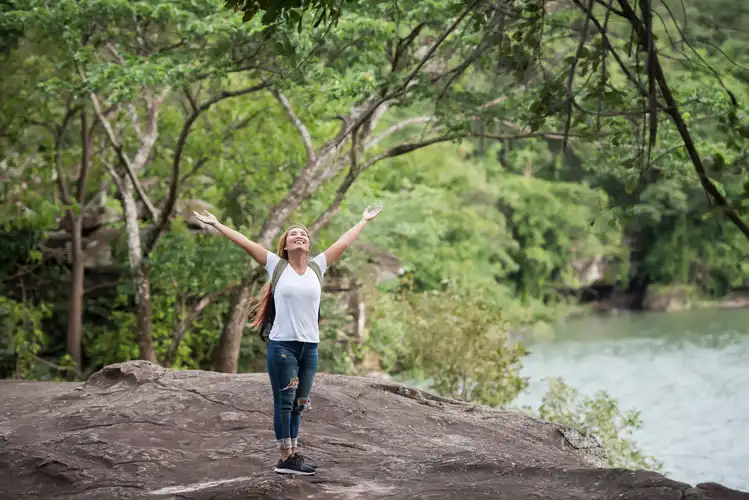

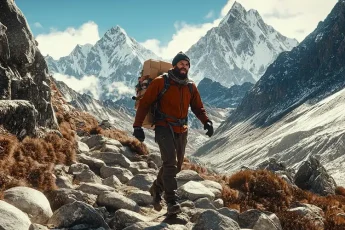

 Welcome to this vibrant corner of the internet “Dreamy Grace!” I'm Partha, the enthusiastic administrator behind this lifestyle blog. Feel free to explore, engage, and share your thoughts—after all, this blog is as much yours as it is mine. Happy reading!
Welcome to this vibrant corner of the internet “Dreamy Grace!” I'm Partha, the enthusiastic administrator behind this lifestyle blog. Feel free to explore, engage, and share your thoughts—after all, this blog is as much yours as it is mine. Happy reading!


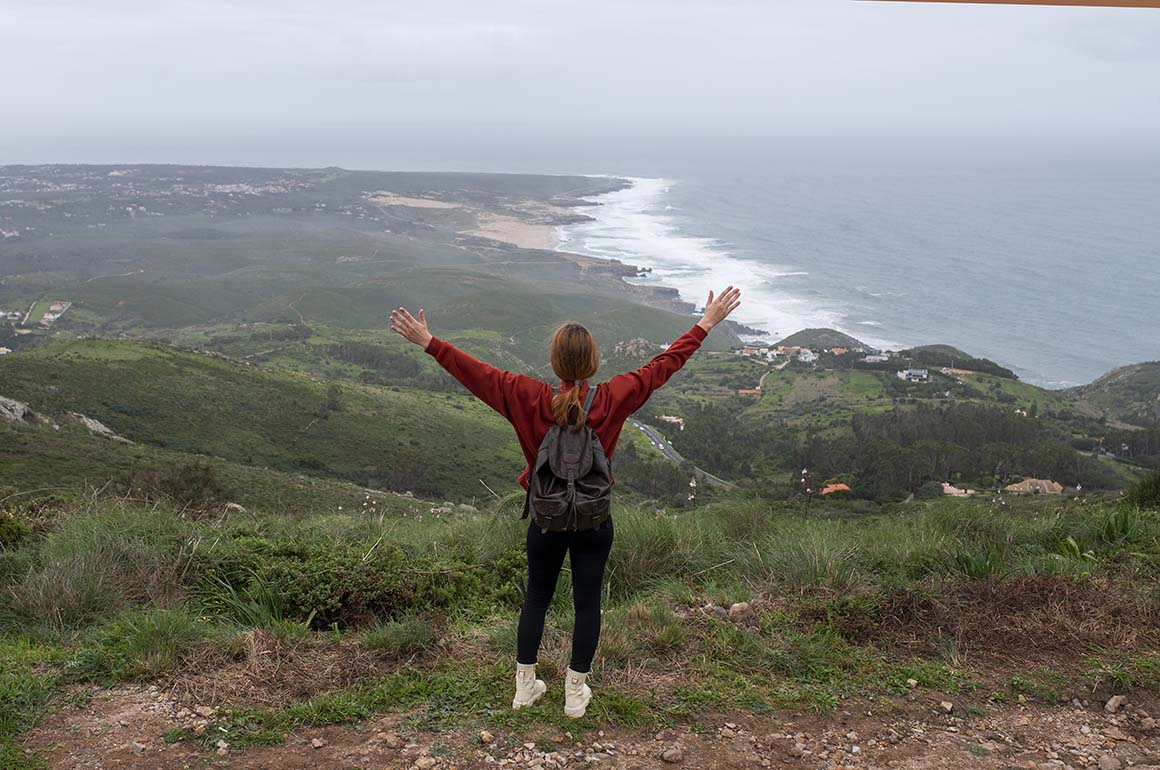





Leave a Comment